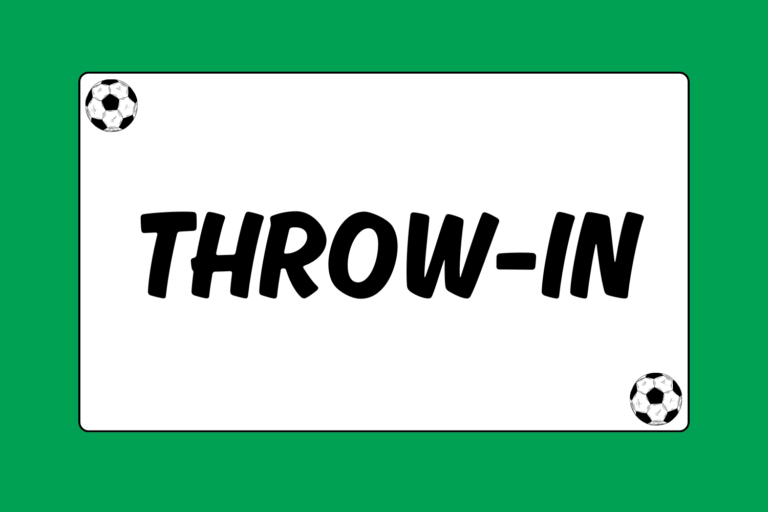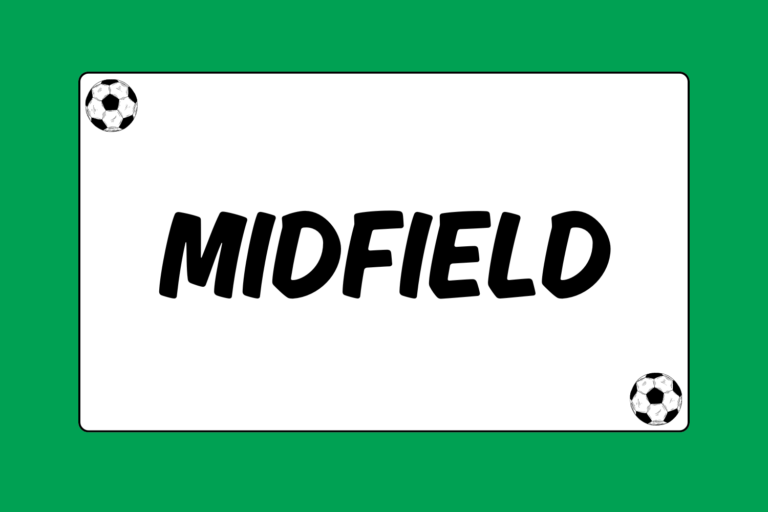When two soccer teams of roughly equal talent square off, the edge will usually go to the team that’s better at handling set pieces — especially defending them. Players have to move quickly and calmly when lining up to defend set pieces, and each player on the pitch has to know his assignment. Here are some strategies to use in teaching players to defend set pieces.
Be Organized
Set pieces are dangerous because they let offenses get organized quickly and follow a designed plan of attack. In many youth leagues, more than one-third of all goals result from set pieces. The percentage grows as the level of play gets higher.
Set pieces present many challenges:
- Many attackers can converge on the goal at once, creating chaos around the net.
- The defense can’t put pressure on the ball before it is touched.
- There’s no offsides following a corner or a throw-in, so attackers can set up anywhere.
- The offense knows where it’s going, while the defense has to get organized quickly and react.
The most important decision to be made on set pieces is whether to mark attackers man-for-man, or to defend in zones. The defense has to know where it’s going, based on the circumstances of the situation. A few players — sometimes, even the goalie — should at as on-field leaders and ensure everyone’s in the right place. The more players have drilled on defending set pieces in practice, the better they will be at both knowing their roles and executing them appropriately.
Defending Free Kicks
Teams have to move quickly after conceding a free kick. The objective for defenses giving up a direct or indirect free kick near the penalty box is to set up a defensive wall.
- A good defensive wall aligns the first player on a line with the ball and the near post.
- The next players should line up almost shoulder-to-shoulder, protecting the near portion of the goal.
- The keeper should cover the open area of the goal between the last player of the wall and the far post. However, the keeper still has to be ready to protect the entire goal.
Generally, the closer a free kick gets to the penalty area, the more players should be involved in the wall. With an indirect free kick, a teammate must touch the ball after the first touch before a goal can be scored. However, a wall should still be formed to negate a direct shot on goal.
A good defensive wall will greatly reduce the number of goals allowed on set pieces. For this reason, it should be practiced routinely until each player is comfortable with his role.
Mental Edge
It’s a good idea to have the player who committed the foul stand over the ball if the free kick is conceded in a dangerous area of the field. This gives the defense a precious moment or two to get set up before the opposing player can take the kick.
Defending Corner Kicks
Rule number one of defending corner kicks is that every man within the 18-yard box must be marked. Goalies can help by calling out attackers who are unmarked until everyone is accounted for. The defensive players should be between the attacker they’re marking and the goal, ensuring no attacking player has a clear path to the goal.
The second rule is that both posts need to be defended. The man defending the near post is usually a rugged, big defender; coaches often assign this task to the same person each time. The goalkeeper must make sure that both posts get defended before the corner is taken.
Also, there should be more defenders in the penalty area than attackers. This should leave a sweeper free to run at the ball after it’s kicked, or to mark any man who has gotten free from his defender in the box.
Read the Offense
Attacking players often get anxious during corner kicks and mistakenly reveal the intent of their strategy. For example, a player or two lining up for run at the near post likely signals a short corner — a short kick designed to go to the near post. A short corner kick can happen fast, with an attacker looking to make a deflection into the net. Similarly, the keeper should station himself closer to the far post when he senses multiple players cutting that way.
Get to Everything
The goalkeeper has to expect to get to every ball within reach. Defenders can help by making it difficult for attacking players to get to the ball once it’s in the air. Defenders have to be tough-minded and willing to obstruct their run at the ball with their hands and bodies. The keeper has to own his area of the penalty box, and defenders should get a head on any ball near them to clear it over the attackers.
Hot Tip: Stay Alert
Some players have a tendency to relax when the referee blows the whistle, signaling a free kick or a corner. Train your players to react the exact opposite way, by hustling to line up a defensive wall or mark opponents.
Clearance & Counter-attack
When the defense gets to the ball first, clearance should be high and far so that it’s out of danger. A good clearance will let the defense regroup; a great clearance will get the ball to a midfielder or forward for a quick counter. Teams can be exposed by sending extra attackers up for corners, so defenders and the keeper should look quickly up field for a counter-attack opportunity.
Don’t Give Away Free Kicks
The best way to avoid getting hurt on set pieces is to not concede free kicks. In youth soccer, most free kicks occur from a lack of discipline or composure during an offensive attack. Many free kicks also happen after gaining possession and not making good decisions with the ball. Remaining calm on defense and making good decisions — especially near the penalty area — is the best defense against set pieces.





